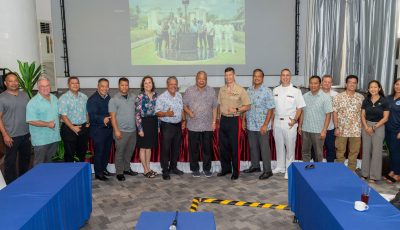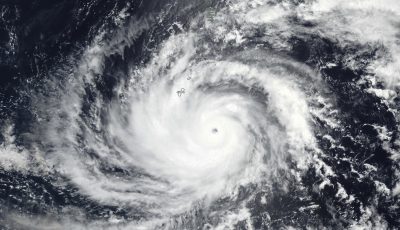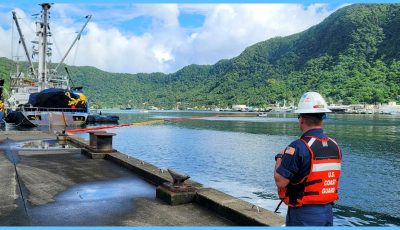Freedomland Spratly
I irritate my activist friends who denounce China for encroaching on Philippine claims of sovereign territory in South China Sea. U.S. Secretary John Kerry at a conference in KL reiterated the U.S. position that construction of facilities on the islands already occupied by China leads to restrictions in navigation and flights over the area.
The Spanish Bol-anon Tomas Cloma, owner of a fishing fleet that regularly sailed to the Spratly Islands (Nansha to China), cites Japan’s disposition of the Paracel and Spratly in the 1952 San Francisco treaty that formally ended the allies’ war with Nippon.
Unfortunately, the real claimant with ancient maps was not invited nor a party to the San Francisco conference. The United States wanted Taiwan to represent the Republic of China headed by Chiang Kai Shek who retreated to Taiwan after China’s civil war, while the British wanted Beijing’s People’s Republic of China under Mao Zedong who occupied the mainland. The resulting stalemate left China unrepresented.
Cloma cites Japan’s renunciation of Spratly to justify the right to claim them, which is what he did in the ’60s. Cloma stirred the waters with many of his theatrics, including his physical claim of Freedomland, Kapuluan ng Kalayaan, on the western part of the Spratly. That included 53 islands, reefs, atolls, shoals, cays, and rocks. The Thitu (Pag-asa) is the biggest including feixin dao (flat island, patag), Nansha (lawak), West York (likas), Lankiam Cay (panata), Loita (kota), and Commodore Reef (Rizal).
Shortly after WWII, the ROC established a military presence in the former Nihon submarine base in the Spratly that assisted Japan’s invasion of the Philippines. Also, a 1947 map of the ROC and affirmed by the PRC in 1949 clearly names the geography with historical Chinese terms. Only Vietnam and Malaysia other than China have historic claims on the Spratly while the current Philippine claim is based on the convention on the UN Laws of the Sea, ratified in 1982 without the U.S. but which begs the question as exclusive economic zone claim is measured against historic sovereignty.
Philippine VP Elpidio Quirino indicated Pinoy interest in Spratly but would not push the claim if ROC of Taiwan got the place; he considered security issues when Mao of PRC took over the region. The rise of insurgency during Quirino’s term catapulted the popular Ramon Magsaysay to become the next President but left the issue of Spratly moot, but when substantial gas and oil were confirmed early ’60s in the region, flames lit up again.
The Philippine claim to the Spratly is vaudevillian with Tomas Cloma’s theatrics but it was seriously and secretly plotted by Ferdinand Marcos who saw not only the mineral and oil potential of the region, but also to rub the issue in Uncle Sam’s face that desperately wanted to firm up its military presence in Vietnam. Marcos’ health failed him and Mt. Pinatubo’s lahar turned all bets off.
Now Noynoy sways to South China Sea waves accompanied by promises of oil. Filipinos addicted to luncheon meat welcome G.I. Joe’s desire for 15 strategic base locations in the Philippines to allow more than temporary residency. The boogaboo rhetoric about expansionist China, of fear of the red Commie menace next door, is being played to justify Quirino’s issue, as well as play into Philippine President Noynoy Aquino’s reliance on U.S. military power to keep him in office, never mind that China is more “democratic” than many so-called democracies in the planet.
Pinoys in diaspora and in Manila found time this June 12 to protest the alleged encroachment of Zhinoy Chen Xiao Ming moumouren (my Juan de la Cruz) into Pea Eye’s sovereign territory. And we are no longer as playful as old Hispanic-Malay Tomas Cloma on our claim either. Lawyers are raking the tax dough busy taking Beijing to the UNCLOS court.
Hispanic Bol-anon Cloma is gone, and his Freedomland no longer exists while the Foreign Affairs Department of Noynoy’s administration distracts the common tao from taking the dismal Pea Eye situation too seriously (3,500 families owns half of the country’s assets, the Cojuangco-Aquino family included) with the promise of oil in an area the country cannot drill without U.S. technology and for the benefit of Texas-based entities.
Meanwhile, a natural ally whose cultural philosophy is one of harmony, of taiji we-ness, flexes its muscles for as long as Noynoy hide under the top hat of Uncle Sam, or should we change the metaphor since Hillary’s patadyong (barrel skirt) in 2016 might be the cover?
The hoi polloi in diaspora will keep its hands off Lupang Hinirang while living “abroad.” But there is no real freedom without liberation, and dear Pea Eye as a nation remains under the stranglehold of a privileged few.
Known in previous maps as the South China Sea, the area suddenly sprouted a Luzon Sea in a 2013 world map. Ownership of Spratly is not the issue. Nor will control of islands previously not bearing Philippine names define the selfhood of a hundred million people. The Pinoy grapples with identity to find its soul. In the effort lies destiny. That’s the real bone to chew.



























